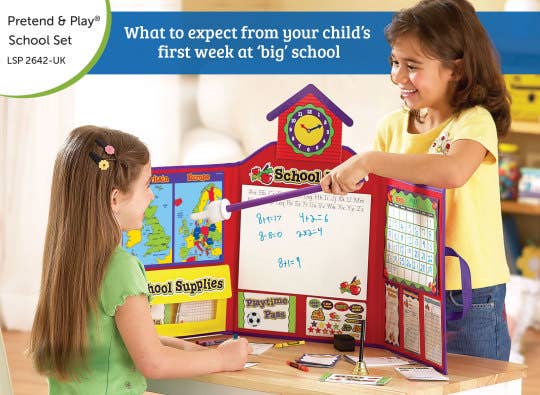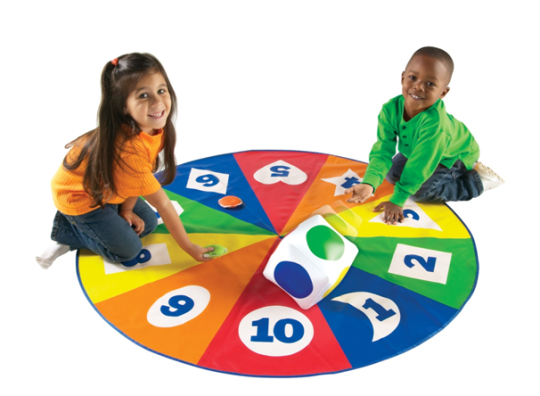
How to support your child learning at home
- Learning Resources Posted On Jul 26, 2021 | Seasonal Fun
Children across the UK will soon be starting the new school year. After the long summer holiday, here are some practical ways to support your child’s learning journey at home. Family life creates so many learning opportunities, and by actively taking part in the education process, parents will develop a deeper understanding of what children are doing and learning every day, and why. Here are simple, parent-approved ways for how to support your child’s learning at home.
How to support your child’s learning at home
Get to know the curriculum
Head to the UK Government’s site where you can access the National Curriculum by Key Stages. This will give you a deeper understanding of what your child will be learning at each age and stage. You can access information by subject and see the attainment targets your child’s school will be working towards achieving. This will help you to ask relevant questions, plan learning trips, and invest in age-appropriate educational resources to extend the learning at home.
Plan trips for real world learning


The world is full of learning opportunities. Connecting what your child learns at school with real world examples makes subjects come to life. Trips can be as exciting as an excursion to the museum, or as simple as a walk in the words.
Turn a nature walk into a science lesson on ‘living things and their habitats’. Print out our free 50 Things to Find on a Nature Walk Activity Sheet and see what you spot! By creating these fun experiences your young learner will develop a positive attitude towards learning and will be able to share their experiences with their class.
Build your child’s confidence
Monitor progress and give praise when your child does well both in and outside of school by using achievement badges or charts. Special achievements can also be celebrated by an event such as a trip to the park or a favourite activity that they enjoy. Recognising achievements can increase confidence, raise aspirations, and improve their motivation for learning, all of which will help to keep your child engaged in their education.
Read, read, read!
Teachers consistently agree that one of the most important things you can do as a parent to support your child’s learning is to read to them or with them daily. Insights from the National Literacy Trust show that children love reading.
Reading is a vital part of primary education and by making it a fun activity at home your child will be excited to develop this skill in the classroom.
Keep youngsters engaged by reading ‘little and often’ at a regular time each day, such as before they go to bed. Ask questions about the characters and the plot, this will help to further their understanding and keep them interested in the story. Find time to read with our top tips for reading at home which offers easy, practical ideas for even the busiest of families.


Home learning help
Homework is an extension of the activities that your child has been undertaking in the classroom and a is great way for you to become more involved in their learning experience. You can help your child by being available when they ask for help with their homework and by finding a time to complete it that doesn’t coincide with their time to relax.
From reception to year 2, children’s homework is likely to be reading and they will have to fill in a reading record. This helps to set up a routine and create a desire and interest in reading. By making home learning a fun activity it is less likely to feel like a chore and can become a time that you both look forward to.
Stay in contact
Staying connected is so much easier these days. Most schools use an app to communicate to parents, and this will be supported with regular email communication. The school website is a good source of information and will often have a calendar of all upcoming events.
Your child’s school will issue reports that have advice from their teacher; this feedback is a good starting point to discussing progress and achievements at parent’s evening. It is also helpful to share information about what your child enjoys doing outside of school so that their teacher is aware of their hobbies and interests.
Understanding modern teaching methods
Teaching methods are constantly changing and improving. This can mean that how you were taught back in the day is different to how your child is being taught, especially on subjects like maths and reading. It’s worth finding out about how your child is being taught and using the same terminology, so your child has a more consistent experience between school and home learning.
For example, children are taught the Maths Mastery approach, and you can find out more about that by reading what is maths mastery by primary school teacher and regular contributor, Joanne Moore. Learning is an ongoing process and there are so many ways parents and caregivers can support children on this exciting journey as you help build amazing kids!
















